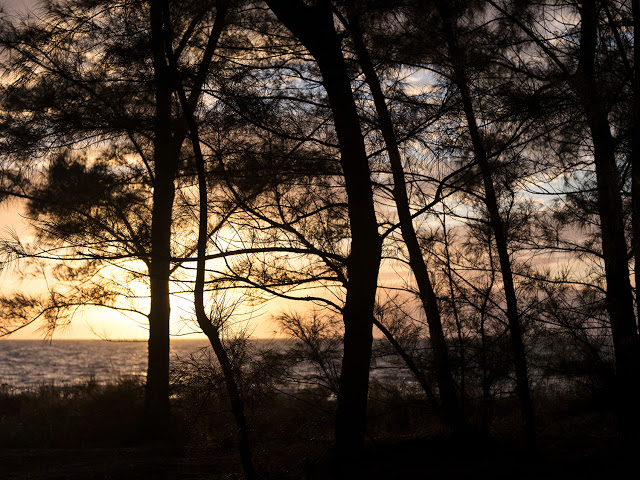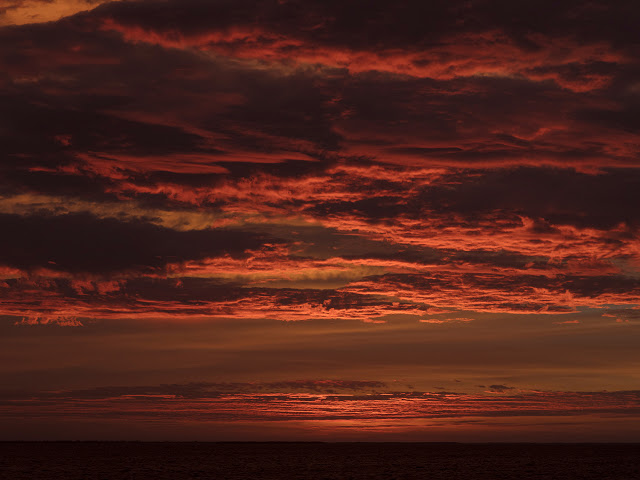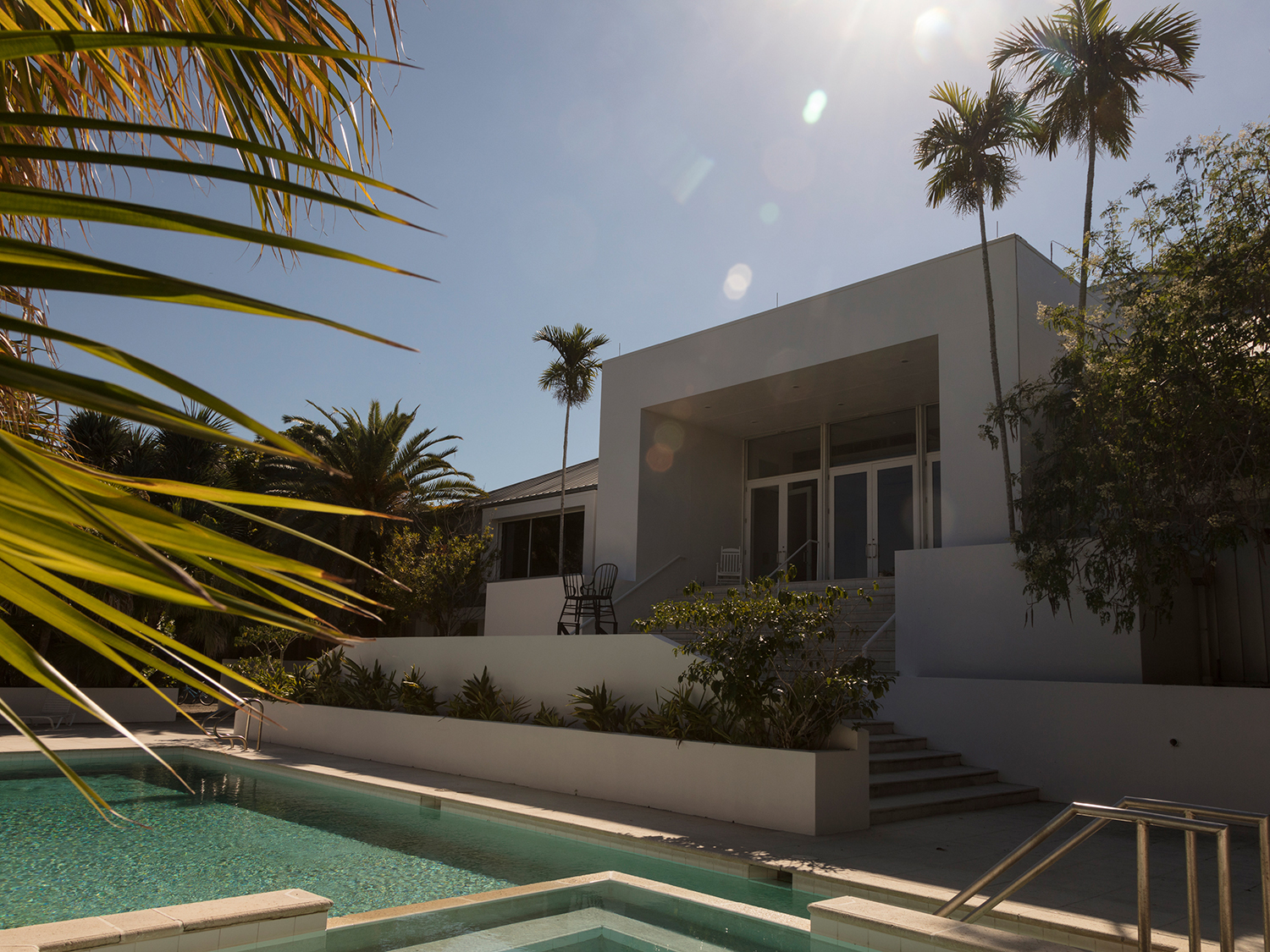Jennifer Garza-Cuen on her Rauschenberg Residency!
I am so incredibly honored to have been the recipient of the Robert Rauschenberg Residency award as part of Photolucida’s Critical Mass programming. The Rauschenberg residency is unlike any other I’ve attended, laced as it is with the presence of an extraordinary man, his work, and the life he built on the Island of Captiva. My residency took place this past November – December (2018). For those who are unfamiliar, the property in Southwest Florida is a collection of historic homes and studio spaces purchased or built by Rauschenberg, including the 8,000-square-foot “Main Studio” he had built in 1992, where I worked during my residency. So, not only are you living and working in a place of incredible beauty, but Rauschenberg’s legacy of risk-taking and collaboration permeates everything.
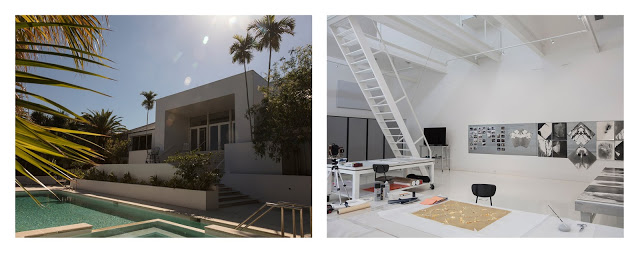
When I arrived at the residency, I began a ritual of early morning swims in Bob’s Main Studio pool… it became a sacred time, a time where I was relaxed and free to take in the space around me, to watch the Osprey fly and to think in an unplanned way.
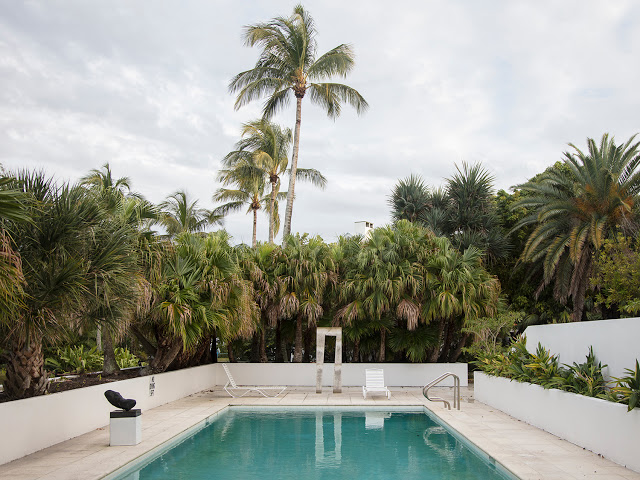
I didn’t know all that much about Rauschenberg, the broad strokes of course – but that was all. So that first week I was not just taking in the space, but also the man. The residency couldn’t have come at a better time in my life… I am nearing the end of a decade-long docufiction project and looking at other ways of image making that interest me.
One of the many things that makes the Rauschenberg residency so special is the opportunity to invite a collaborator. I invited Odette England, a photographer and a friend I greatly admire. I’ve always been fascinated with the photographic process as a subject and my hope was that working with Odette would be an opportunity to push that, but what actually happened was far more exciting than either of us could have hoped or planned for. Odette and I first met at RISD, where we were both attending graduate school so there was a preexisting friendship and trust.
Prior to the residency and in addition to my docufictional work, I was working with found images and archives – some destroyed, others pristine, some belonging to my own family and others to strangers. I did a lot of writing, researching, and darkroom experiments and began working on several series including ‘criminal abstractions’ which deals with an archive of ruined mugshots and ‘remains’ which addresses the loss of my parents.
Odette had been working in the darkroom, “…experimenting with expired papers, films, and chemistry. She had been cutting negatives, making lumen prints, slicing pages from old photo albums; thinking about triangular shapes and how we ‘hold’ and contain photographs physically and metaphorically.” ~Odette England
All of this bled into the experimental images produced during our collaboration.
We entered the collaborative space in a reactionary way. There was no extensive planning, nor advanced notions of what the work would be and neither of us had ever collaborated with another photographer before. More than that, I don’t think either of us could have anticipated Bob’s latency in the work that came from our collaboration.
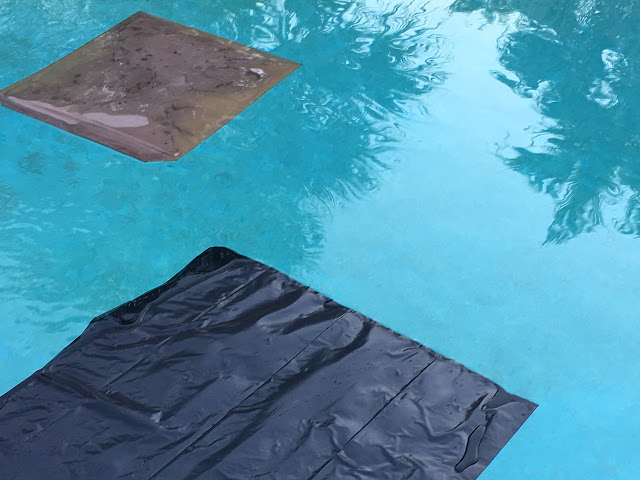
Using discarded expired Brovira paper found in the darkroom, Bob’s pool and a process of mark-making… we made almost 300 prints in five days. We were seduced by the “big reveal” with every piece of expired paper we processed. We rigged these huge plastic and paper bags filled with layers of darkroom paper, taped them shut, poked or slashed them with scissors, pens, and knives, and then floated them in Rauschenberg’s pool and hot-tub overnight. Though we tried to take into consideration a host of factors – how much salt was in the pool; how much moonlight there was, how many layers of paper were in each bag – none of the results ever matched our intentions. Whatever methods we’d devised never worked but what we got was always better. That was the charm of it. Finally, we gave up trying to plan what we’d get or attempting to replicate something we liked and embraced the spirit of Bob through spontaneous experimentation. I’m sure Odette and I were not the only ones who found ourselves having random conversations with Bob – it felt quite natural. In many ways, what happened during that collaboration felt magical, inexplicable.
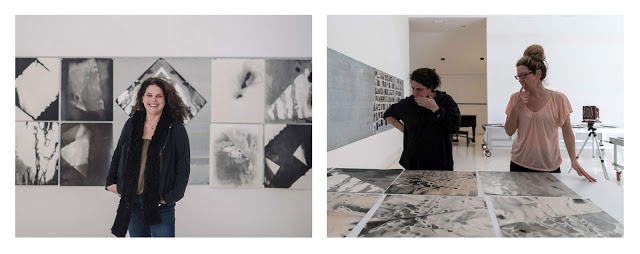
Odette describes the experience this way, “Though we’re very different personality-wise, we have a similar work ethic and that’s partly why we work so well together. But above that it’s about trust, and we trust each other. We respect each other’s differences and strengths without having to discuss them or even worry about them. We’re both quick to trouble-shoot. We like the same kinds of images. We don’t complain much. Jennifer’s a technical wizard. I’m a “what’s next!” person. We love telling stories. And we love photographs.” ~Odette England
We made our own work too whilst on Captiva, but our collaboration set the tone for the residency. After Odette left, I realized that was where all my energy was, so I carried on doing experimental work using found materials. It’s made us both think differently about how and why we make the images we do in very positive ways.
There is still much work to be done. Among other things, we need to edit what we’ve made. We both agree we could never have made this work in any other place or with anyone else. Everything poured out of us in a remarkably informal way and I attribute that not only to our relationship but to the place and the people who have kept it so alive in Bob’s absence.
Thanks to Photolucida and everyone at the Rauschenberg Residency for your part in making this amazing experience what it was.
– Jennifer Garza-Cuen, Rauschenberg Residency Award Recipient (Critical Mass 2016)

